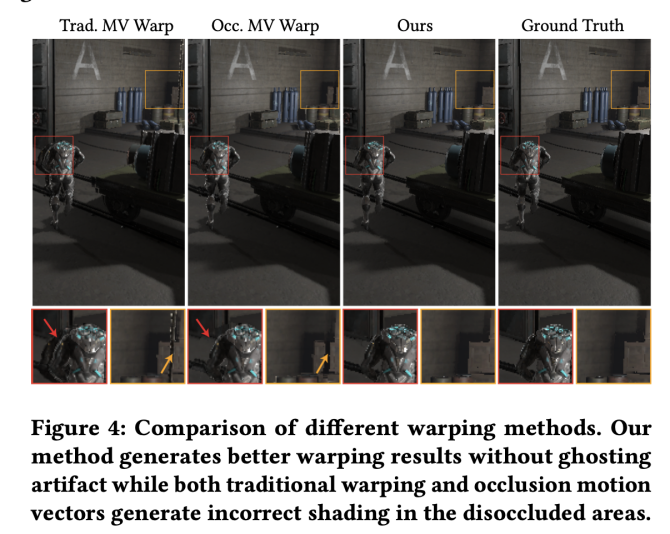The company recently presented its plans to integrate frame generation into its XeSS upscaling graphics engine.
With the announcement of Intel’s XeSS upscaling technology, which it calls ExtraSS, Nvidia has officially confirmed that it was right to add frame generation to its upscaling technology, which is known as Deep Learning Super Sampling (DLSS). This feature enables a GPU to create and insert AI-generated frames into games on its own, which can give a sizable boost in performance in games that support it. AMD recently realized it was at a disadvantage and jumped on this bandwagon with Fluid Motion Frames.
The company recently gave a presentation on its frame-generation technology at the Siggraph conference, which is noteworthy because Intel had not previously indicated that it would be interested in selling the technology. According to Wccftech, this was the first time the company had discussed the technology. The presentation describes the technology as “a novel framework that combines spatial supersampling and frame extrapolation to enhance real-time rendering performance.” It says that by combining these two approaches, it is able to achieve a good balance between performance and image quality—a crucial consideration given that frame generation has some disadvantages. These include the addition of input latency and the occasionally strange-looking GPU-generated frames.

Similar to AMD’s version, Intel’s version will be open source and hardware agnostic, meaning that anyone can use it in place of Nvidia’s DLSS or AMD’s FSR if a game supports it. Nevertheless, the two companies that compete with Intel use frame interpolation to generate frames, whereas Intel claims to be using frame extrapolation for ExtraSS, which is a significant departure from the industry standard. According to Intel, this is a better approach because “computational costs are significantly reduced compared to traditional rendering methods, enabling higher frame rates and alias-free high resolution results.” Additionally, the fact that it runs on the Unreal engine indicates that it can deliver quick rendering with good image quality.
Extrapolation, as opposed to interpolation, is said to be Intel’s preferred method because it minimizes the frame generation process latency, which is the weak point of AMD and Nvidia’s versions. To counteract this, both companies include technologies alongside frame generation to help reduce latency, with Nvidia offering Reflex and AMD with Anti-Lag+. Intel claims its version is free of this latency drawback, though image quality may suffer in more complex scenes, which it makes up for with an improved warping technique.
It is not surprising that Intel wants in on the action, though, as frame generation has proven to work like magic in the games that support it. It offers a sizable boost in fps “for free” without a noticeable decline in image quality or latency, which is why everyone is jumping on the bandwagon. Some would argue the latency is too much to stomach, but your mileage may vary. We will have to wait and see what it looks like in an actual game; for now, it seems to be just a research paper.
All in all, considering its meager discrete GPU market share, Intel may find it difficult to persuade game developers to incorporate it into their games beyond DLSS and FSR, but we suppose here is where its cash would come in handy.

